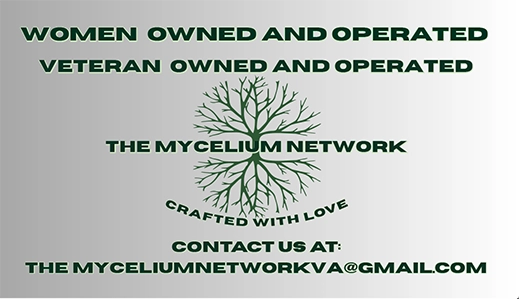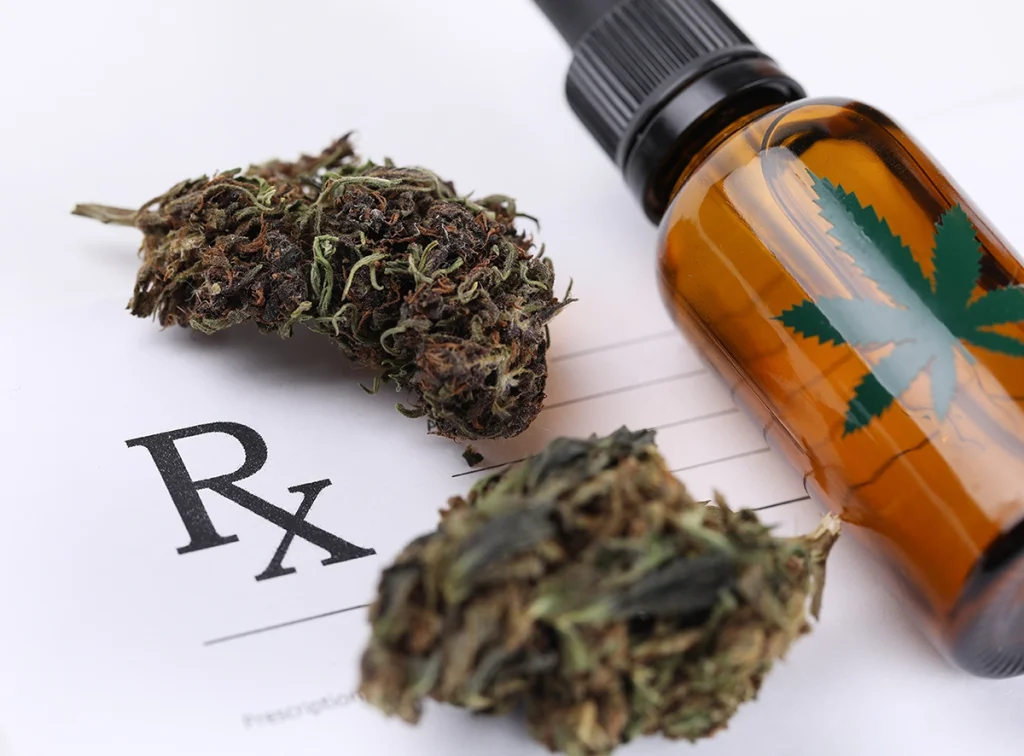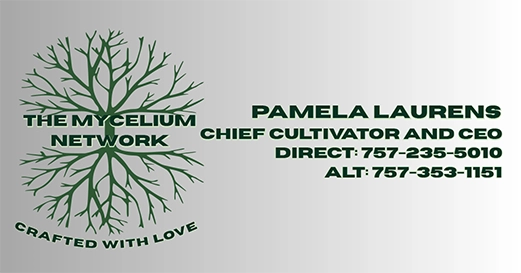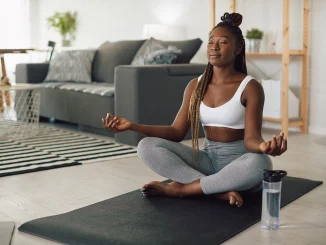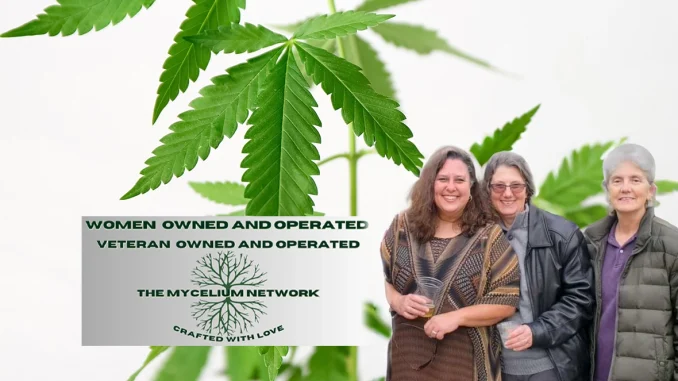
Three Women and a Latin Female-Owned Dispensary: Redefining Cannabis Through Healing, Partnership, and Power
By Brenda Johnson
Cannabis has been called many things—Mary Jane, ganja, weed, pot. For generations it carried labels of stigma, crime, and controversy. But behind the headlines and stereotypes lies another story: one of medicine, resilience, and quiet revolution.
And the women rewriting that story are not who you’d expect.
Three women—Pam Laurens (55), Kathleen Butler (60), and Taynia Sigmon (68)—stepped into cultivation not as industry moguls or risk-hungry investors, but as seekers. They look like women you might pass at the grocery store or sit beside in church. Unassuming, ordinary—until you hear their story.
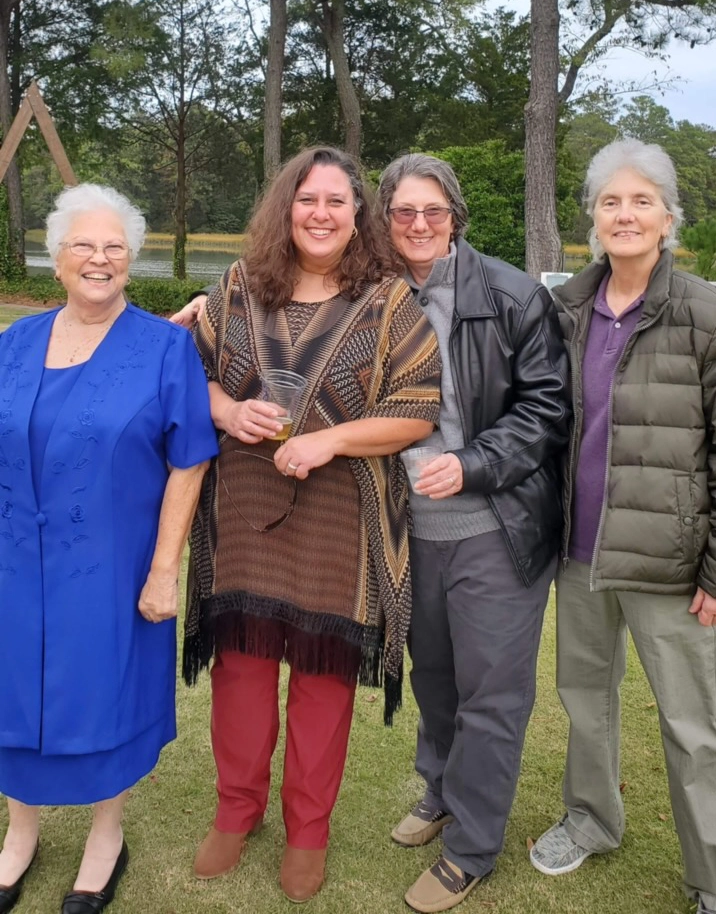
These are the ladies I love and partnered with
Pam’s Journey Into Cultivation
Pam Laurens started with curiosity and caution. She had only dabbled with cannabis, never a frequent user. What pushed her into growing wasn’t thrill or hype, but trust.
“What am I actually smoking? Where does it come from? What’s in it?” she asked. The only way to know was to grow it herself.
Her first batch—gifted clones—died quickly. Instead of giving up, she turned to books, YouTube tutorials, and long conversations with grow shop employees. A tent and a few seeds later, her real education began.
At first she used bottled nutrients, but it felt forced. “I wanted the plant to take what it needed naturally,” she says. The breakthrough came with organics—feeding the soil, not the plant. “That’s when I started talking to them, singing to them, thanking them. And I swear they respond.”
From Curiosity to Healing
Sharing her harvests, Pam began receiving feedback that inspired her to go deeper. Then came the salve—a topical that friends with arthritis, neighbors with back pain, and even accident victims swore by.
I know, because I was one of them. After a rear-end car accident left me with chronic back pain, Pam handed me her salve. Within an hour, the ache softened. For the first time in weeks, I exhaled.
Cannabis was no longer an abstract plant. It was medicine.
Women in Cannabis: Breaking Barriers
Their journey isn’t just personal—it’s political. The cannabis industry remains male-dominated, especially at the cultivation level.
- Only about 22% of cannabis businesses nationwide are woman-owned, according to Marijuana Business Daily (NJBIZ, 2023).
- A Flowhub industry report notes that female ownership has dropped to 16.4% as of 2023, down from 22% just a year earlier.
- Women hold roughly 23% of executive roles in the cannabis sector (Gender Policy Report, 2022).
And the challenges deepen with identity. Pam and Kathleen have been together for 14 years, married for the last four. Along with Taynia, the trio strike nearly every “statistical strike” against power: women, LGBTQ+, and over 55.
Yet instead of being shut out, they’re breaking in—on their own terms.
A Partnership With Purpose
Recently, their path merged with a Latin, minority female-owned dispensary. The partnership represents more than business. It’s a declaration: women and women of color belong at the center of this industry, not the margins.
For decades, cannabis mirrored other industries—dominated by men, gatekept, resistant to change. This partnership flips the script. It’s about shared values, healing, and legacy.
“They may look like women you’d never expect,” says one supporter. “But don’t let that fool you. They’re leaders. And with the right allies beside them, they’re unstoppable.”
Patient Testimony: Amy Burgess
The proof of cannabis as medicine lives in patients’ voices.
Amy Burgess, a two-time blood cancer survivor, told her story in Cannabis Health News (“How cannabis helped me beat blood cancer — twice,” 2021). Chemotherapy left her frail and in pain:
“I felt like the treatment was killing me faster than the cancer. I couldn’t eat, I couldn’t sleep, and I ached everywhere.”
At a friend’s urging, she tried cannabis. Slowly, her appetite returned. Her pain eased. She began to sleep. Even her doctors noticed the change.
“It didn’t cure my cancer,” she said. “But it gave me my life back while I was fighting. It gave me strength. It gave me hope.”
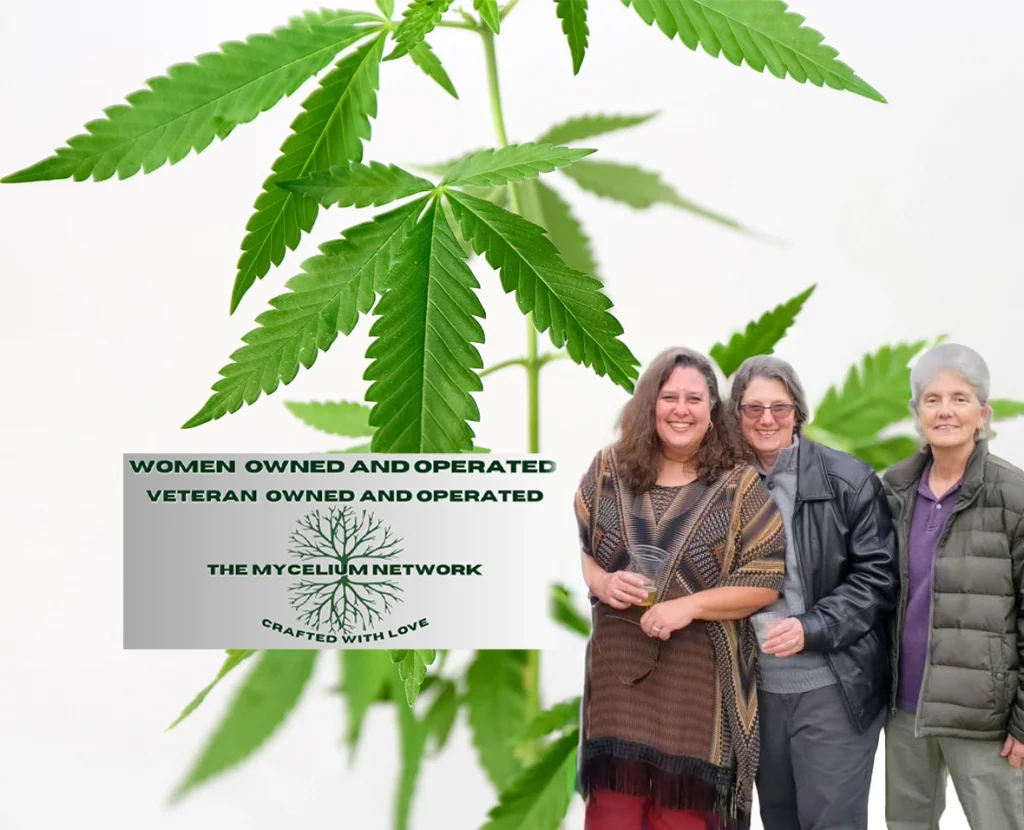
The Future of Cannabis
For Pam Laurens, Kathleen Butler, and Taynia Sigmon, the work is only beginning. Each harvest teaches them more. Each product deepens their bond with community. And each barrier they break clears space for other women, LGBTQ+ growers, and minority-owned businesses to rise.
Together with their dispensary partner, they are reshaping what leadership in cannabis looks like. Not hype, but healing. Not stereotypes, but strength.
The revolution doesn’t look like what you’d expect.
It looks like them.
Brenda Johnson




